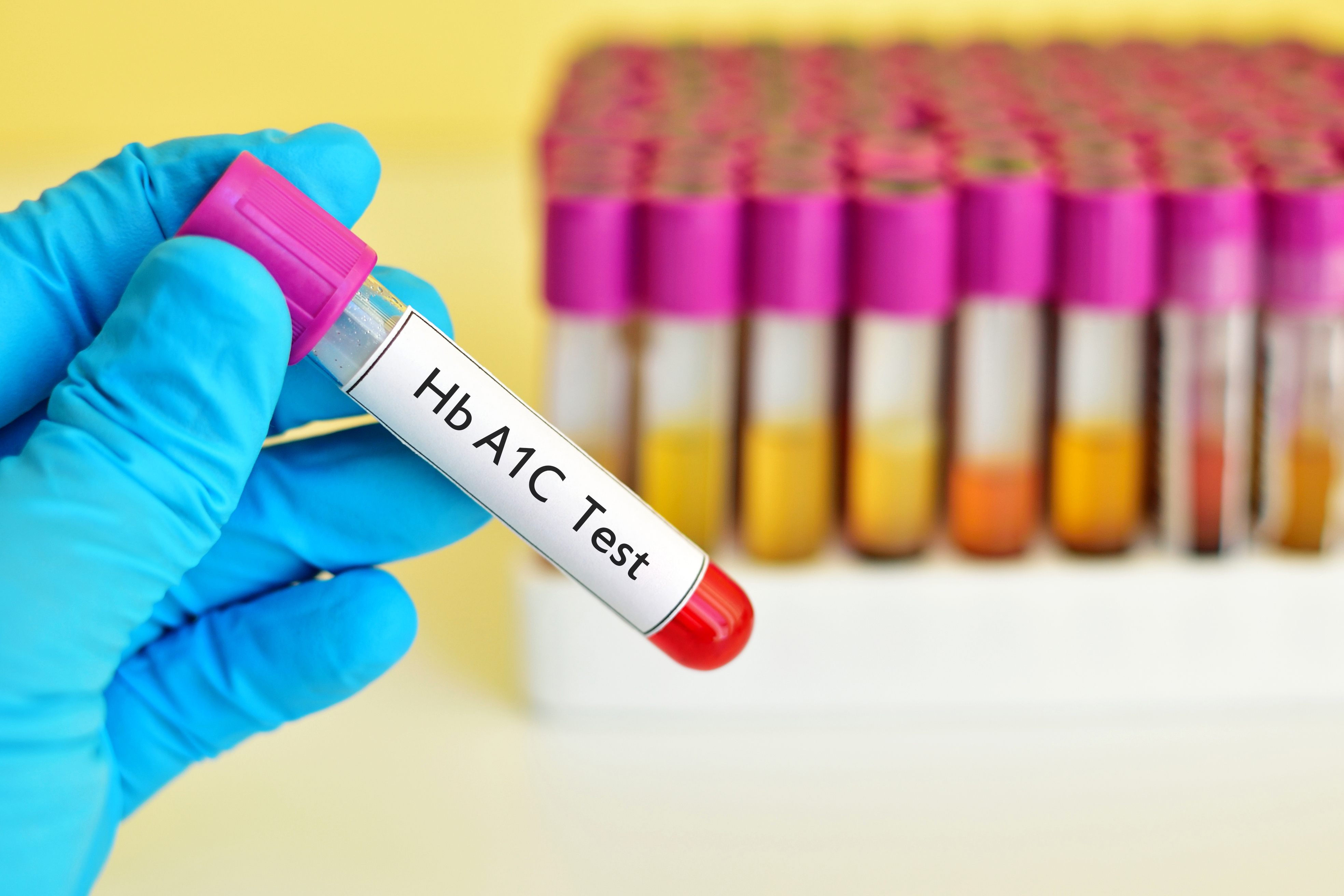A1C levels aren’t something you consider if you’re in perfect health. But for many people, particularly those living with diabetes, A1C levels can make a huge difference in your daily life and your overall well-being.
But if you need to closely monitor your A1C levels, how do you know when you’re perfectly normal or in a dangerous zone? Here’s what you need to know about A1C levels and being within the right range.
Why A1C Levels Are So Important
Wondering why A1C levels matter? When it comes to your body’s blood sugar, you need to know your A1C levels if you’ve been diagnosed with a condition that could put your health at risk.
Your A1C level is an estimated measurement of your average blood sugar level. According to Diatribe.org, this measurement is an average across a two to three month span, but it’s the best option available for managing and monitoring blood sugar – and it can particularly help control your blood glucose.
That’s why A1C is so important for diabetics. If you’re living with diabetes, it’s crucial to know what’s happening with your blood glucose in order to manage your condition. If you manage to keep your A1C levels in the “normal” range and under management, you’ll lower your risk of complications and additional health woes.
What – and How – A1C Testing Measures
If you’re new to managing your A1C level, you might wonder what, exactly, you’re testing when looking for A1C information. Typically, you can measure your A1C level easily with a blood test or a fingerstick taken in a doctor’s office.
Once the blood sample has been taken, it’s the work of professionals in a lab to measure your A1C level. With a blood sample, the amount of hemoglobin in your blood will be used to determine your A1C level – your hemoglobin, Healthline writes, has glucose attached to it. And that glucose is what’s needed to get a reading.
If there’s too much glucose attached to your hemoglobin, your A1C level will be high. If your glucose is at a normal amount, or a lower amount, your A1C level will be considered normal as well.
Remember, your A1C level can’t be 100 percent accurate if you’re trying to determine your level for one day or in the present alone. The testing method in place today can only offer an average over two to three months. It does, however, work perfectly for helping doctors and those living with diabetes understand how their blood sugar has looked over a period of time, and what it’s averaging at.
What’s a Normal A1C Level?
So, with the basics of A1C levels and measurements in mind, what exactly should you be looking for if you’re trying to achieve a “normal” A1C level?
According to the American Diabetes Association, a normal A1C level is considered one that’s less than 5.7 percent. An A1C level between 5.7 and 6.4 percent is considered in the pre-diabetes range, while any level above 6.5 percent is the number for diagnosed diabetes.
Those with diabetes are usually in a good place, according to Diatribe.org, if they can get their A1C level below 6.5 percent. But, depending on your unique health concerns and conditions, your “normal” or good range might be a different number.
Certain Factors Can Affect Your A1C Levels or Reading
As you work to manage both your diabetes diagnosis and your A1C levels to achieve better overall health, it’s important to continue monitoring important factors. And when it comes to your A1C levels, keeping that number in a low or reasonably safe range is greatly beneficial.
However, it’s also good to remember that your A1C level can be affected by other factors. Some medical conditions can alter your readings, like kidney failure or severe anemia. If you’re worried about your readings or range, make sure to talk to your doctor about other potential health concerns that could play a role.
Additionally, you can always have your A1C levels tested in close succession. If you’re still waiting to be diagnosed with diabetes, you may want to have your doctor test your A1C levels over a span of a few days to determine where your own “normal” range falls.
No matter what’s normal for you and your body, it’s important to keep monitoring your A1C levels in order to achieve the best health possible. Careful monitoring could prevent even worse issues down the road, keeping you in good health for years to come.
